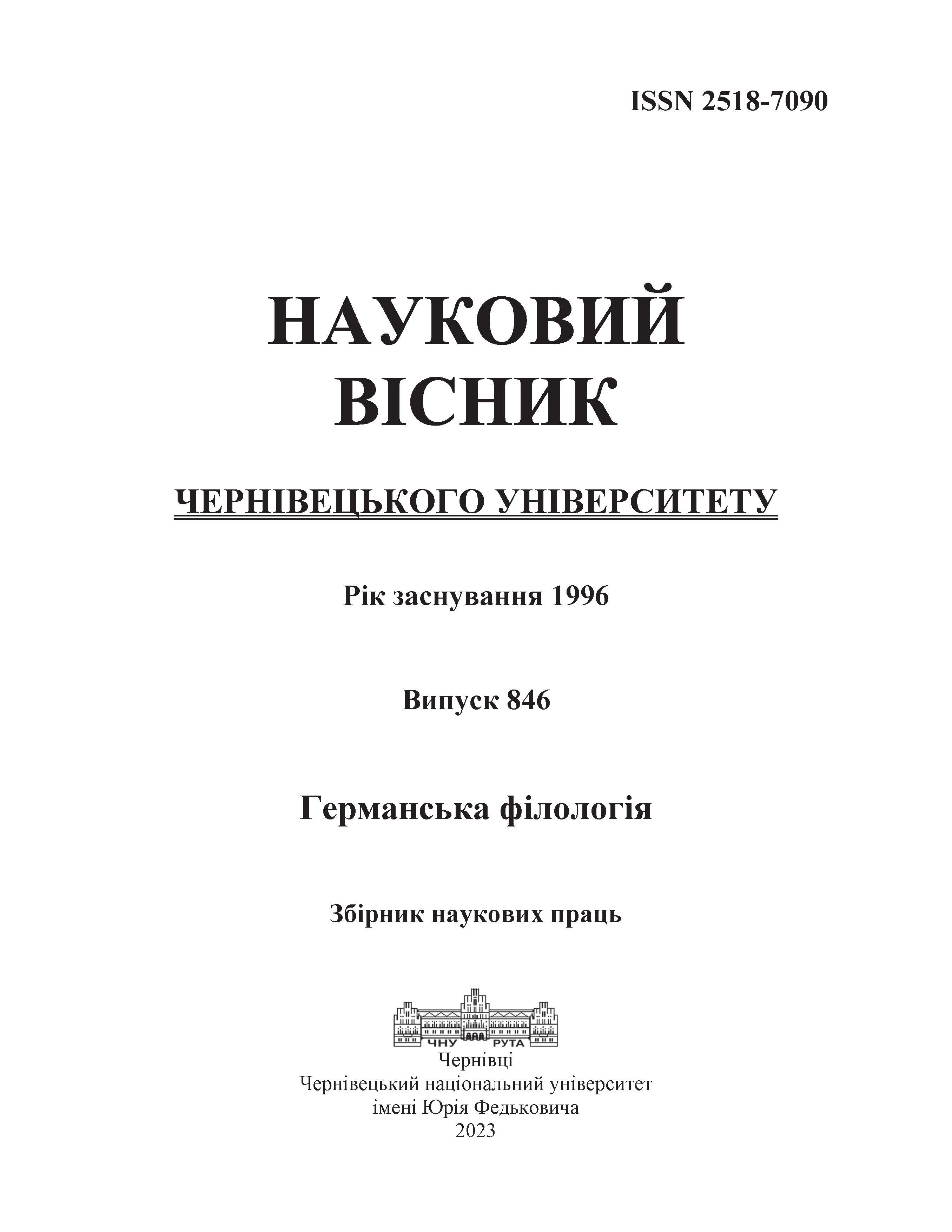RENDERING DIALECT AND COLLOQUIAL LANGUAGE IN THE ENGLISH TRANSLATION OF THE FILM “PAMFIR”
DOI:
https://doi.org/10.31861/gph2023.846.78-90Keywords:
dialectism, colloquial language, neutralization, compensation, translation transformations, equivalent, subtitlesAbstract
In this paper efforts have been made to research ways of rendering into English the dialect and colloquial language used in the Ukrainian film “Pamfir”. The subject of our research is translation techniques and transformations applied by a translator in the process of translating dialect and colloquial speech. By means of the random selection method, lexical units for further analysis of translation transformations have been compiled. To achieve the outlined goal, the research began with investigating scholars’ scientific standpoints on the problem of translating dialect language and various ways of rendering it from one language into the other one. This allowed to deduce that perspectives of researchers present certain differences – from one extreme position of neutralizing dialectisms in translation to another ultimate thought of designing an artificial dialect correspondent. With the application of descriptive method and the analysis of translation transformations, the pragmatic sociocultural value of the researched dialectisms has been revealed. The investigation has yielded the following results: 1) amidst different ways of rendering dialect and colloquial language in Ukrainian and English translations (i.e. subtitles) the technique of neutralization is the most prominent one (55,5% and 79,9% respectively); 2) prevalence of this type of transformation in the English translation is directly instigated by the neutralization of the Ukrainian variant, which renders the sounding form of Bukovynian dialect that the characters of the film are using; 3) the method of neutralization of any type of vocabulary in subtitles can be predetermined by the technical aspects of this kind of cinema translation, in particular the need to maintain correspondence between sounding and text. Yet, this does not allow a translator to apply this technique excessively. The undertaken study has led to the conclusion that the most adequate way of translating culture-specific dialect and colloquial language is combination of neutralization technique (in cases when no other transformations are possible) with the method of compensation or selecting direct equivalents among target language dialects. The article offers translation variants of Bukovynian dialect and colloquial language with the purpose of enhancing translation adequacy.





